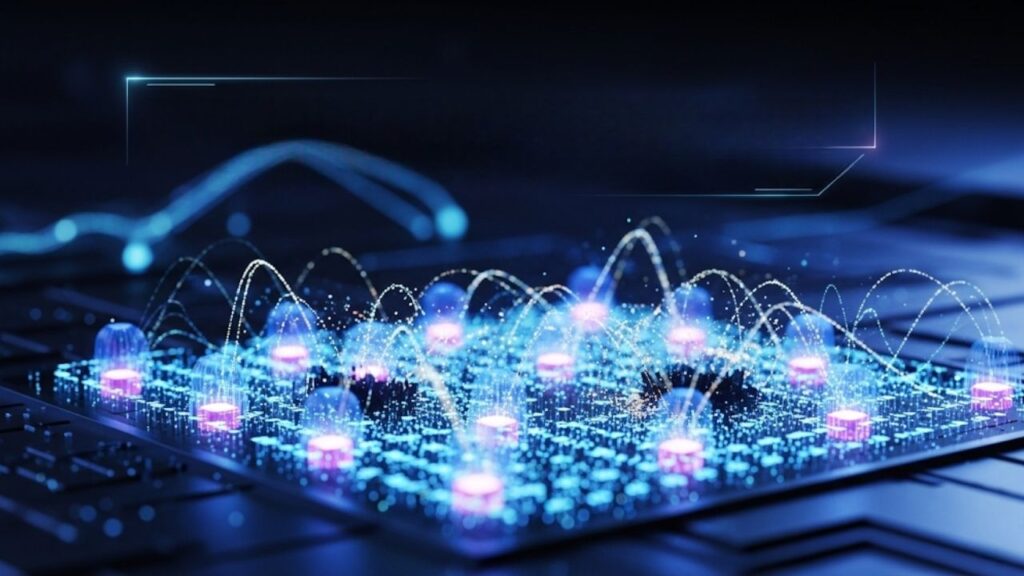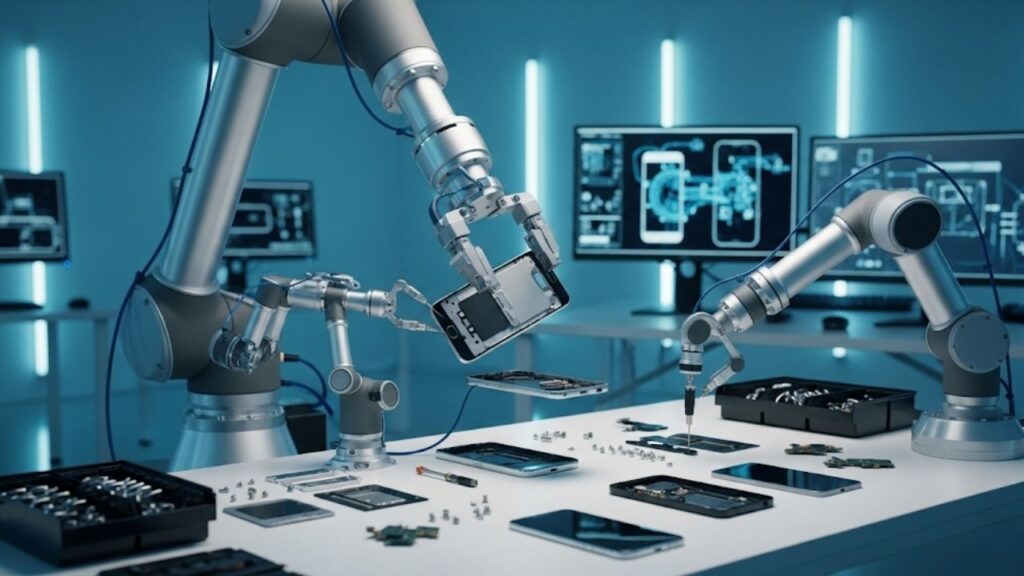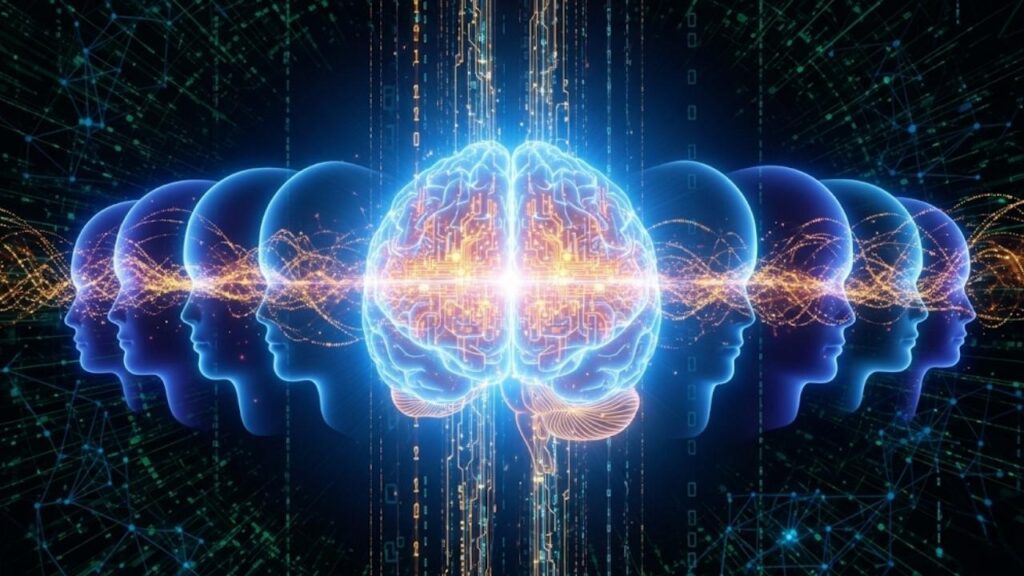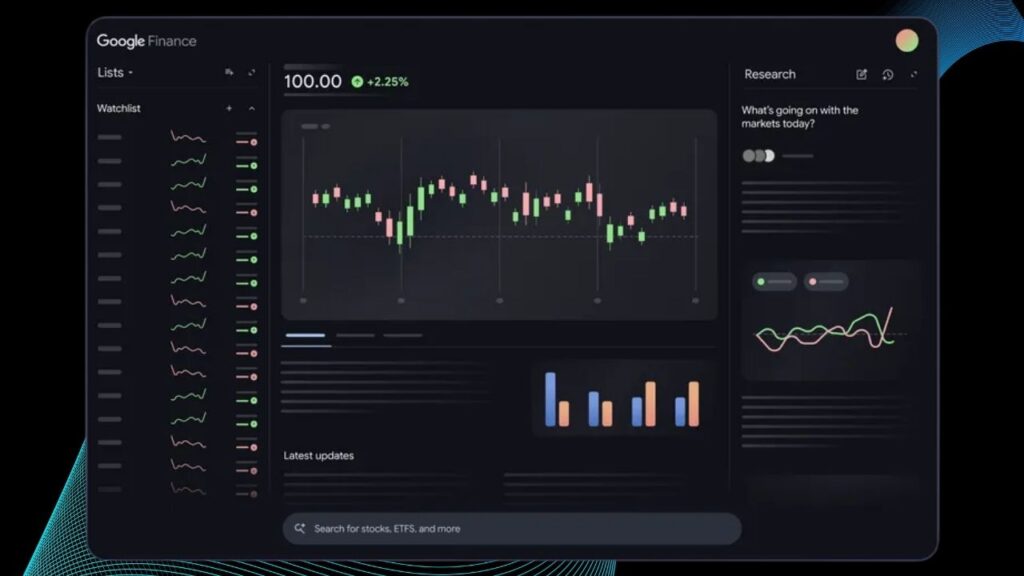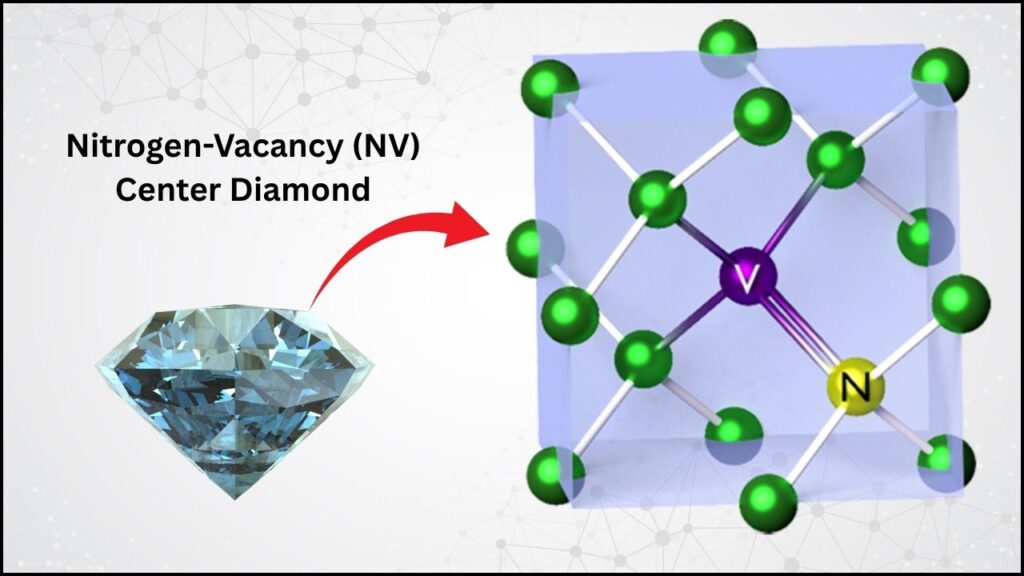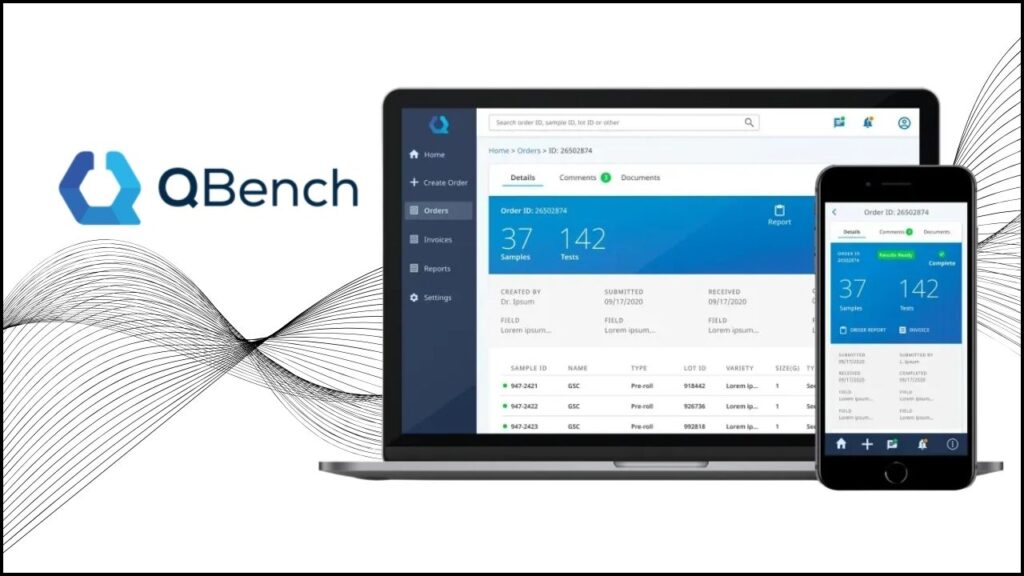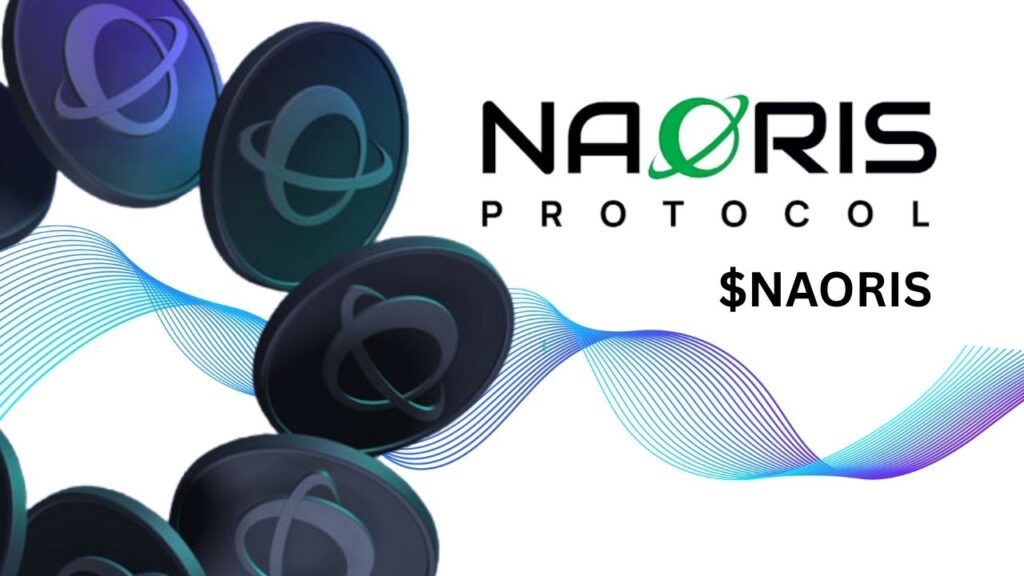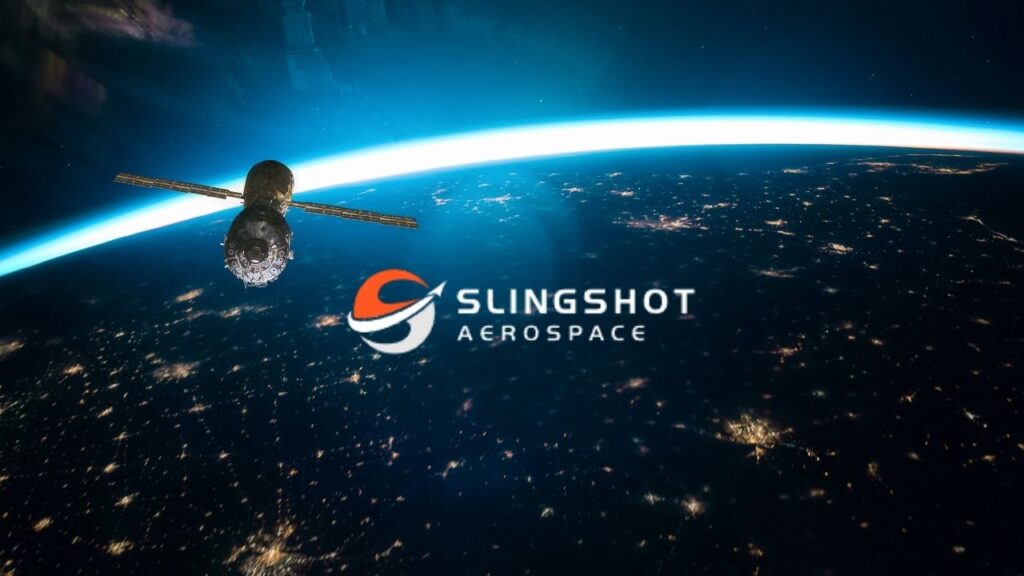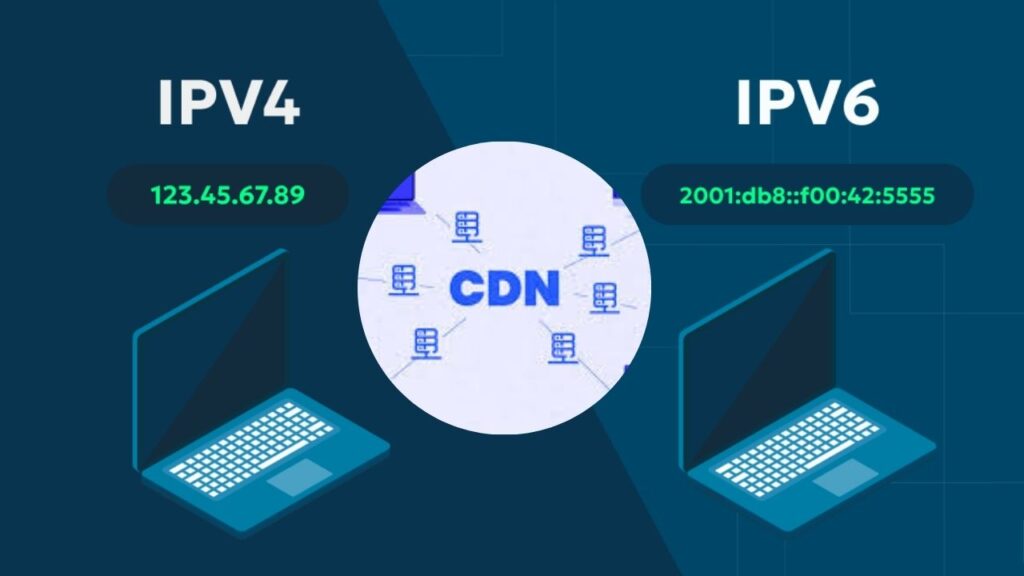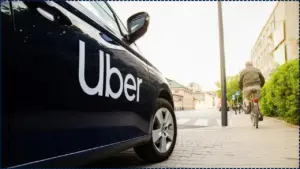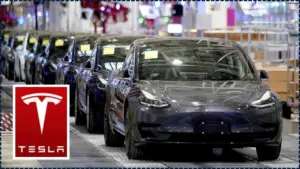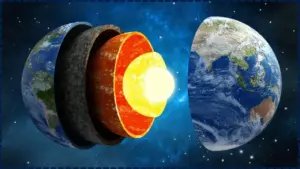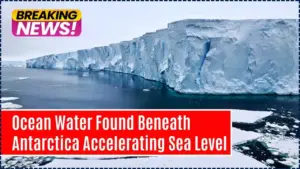For more than a century, quantum mechanics and Einstein’s theory of gravity—general relativity—have remained the twin pillars of modern physics. Each describes a universe that is both astonishing and, in some ways, deeply mysterious. Quantum mechanics explains the bizarre behavior of atoms and particles, while general relativity describes how gravity shapes the cosmos by bending space and time. Despite their incredible accuracy in their respective domains, these theories just don’t fit together—they are like two keys that open different doors in the same house, but never the same room.
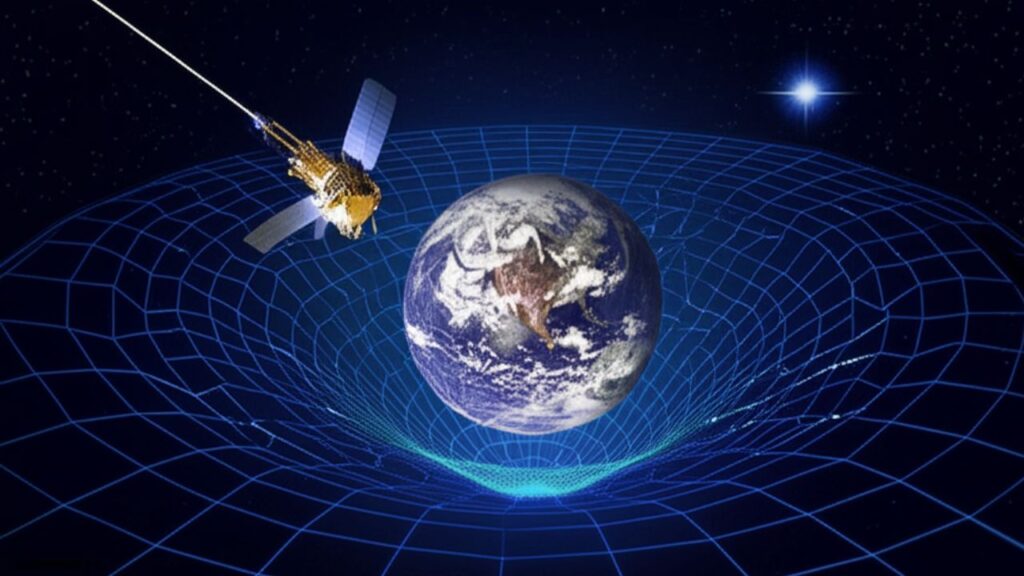
Now, for the first time, the quantum network—a global network based on the principles of quantum entanglement—is emerging as a game-changing tool in the quest to understand how gravity and quantum effects interact. Recent breakthroughs, including a pivotal study published in PRX Quantum in mid-2025, have shown that quantum networks can be used to experimentally probe the interface between Einstein’s gravity and the quantum world. This isn’t just a step forward for computer science or cybersecurity; it’s a leap into a new era of fundamental physics, where the most fundamental laws of nature can finally be tested in ways that were previously impossible.
Table of Contents
Quantum NetworkMeets Einstein’s Gravity
| Aspect | Details | Key Stats/Data |
|---|---|---|
| Breakthrough | Quantum networks now able to test how curved spacetime affects quantum states | First experimental test of its kind |
| Who’s Leading | Teams at Stevens Institute of Technology, University of Illinois, Harvard | Published July 2025 |
| Why This Matters | Offers experimental path toward unification of quantum mechanics and gravity (“theory of everything”) | Over 100 years unsolved |
| Practical Impact | Advances in quantum communication, ultra-precise clocks, sensors, and computing | Unprecedented clock precision |
| Career Relevance | Exploding demand for quantum scientists, engineers, software developers, and hardware specialists | Google, IBM, NASA hiring heavily |
| How It Works | Entangled clocks and sensors placed across different gravitational environments, data compared in real time | Quantum teleportation, entanglement |
The coming together of quantum network technology and Einstein’s theory of gravity marks a turning point in the history of science. For the first time, we have the tools to experimentally probe the boundary between quantum mechanics and general relativity—the last great unsolved problem in physics. This research is not only about answering abstract questions; it’s about developing new technologies that will shape the future of computing, communication, and exploration.
The journey ahead is exciting and uncertain. The experiments may reveal new physics, or they may confirm that our current theories are more robust than we imagined. Either way, the process of asking, building, and testing is what drives science forward. It reminds us that no mystery is too great for human curiosity and ingenuity.
For everyone—students, professionals, and citizens—the message is clear: the quantum age is here. It’s time to pay attention, get involved, and be part of the adventure.
What’s the Big Problem?
To understand why this is such a big deal, let’s dive into the central problem: Quantum mechanics and general relativity refuse to play together.
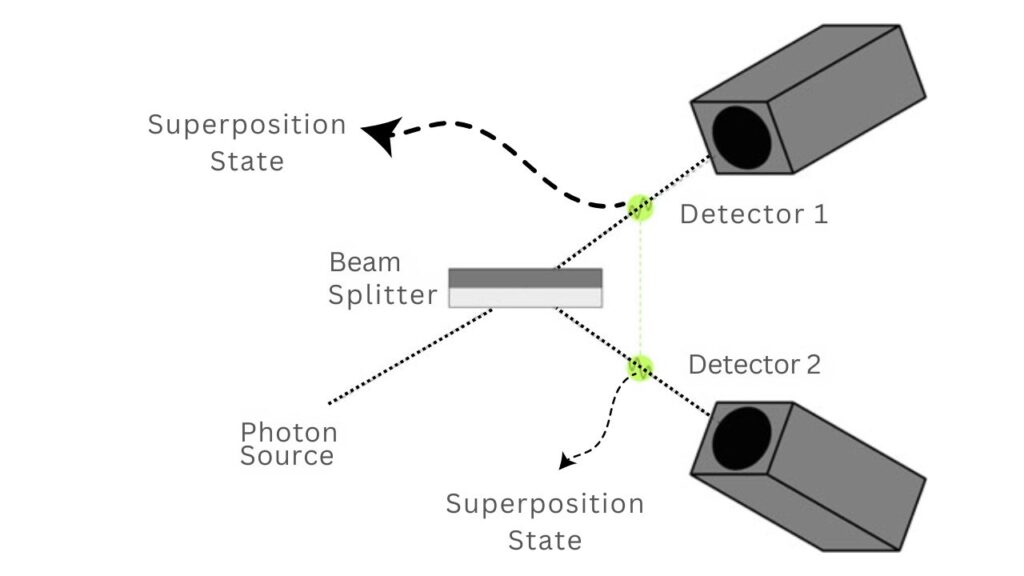
Quantum mechanics is the science of the very small. It tells us that particles like electrons and photons can exist in multiple states at once (called superposition) and can be mysteriously connected across vast distances (a phenomenon known as entanglement). This “quantum weirdness” is the foundation of modern electronics, lasers, and even your smartphone.
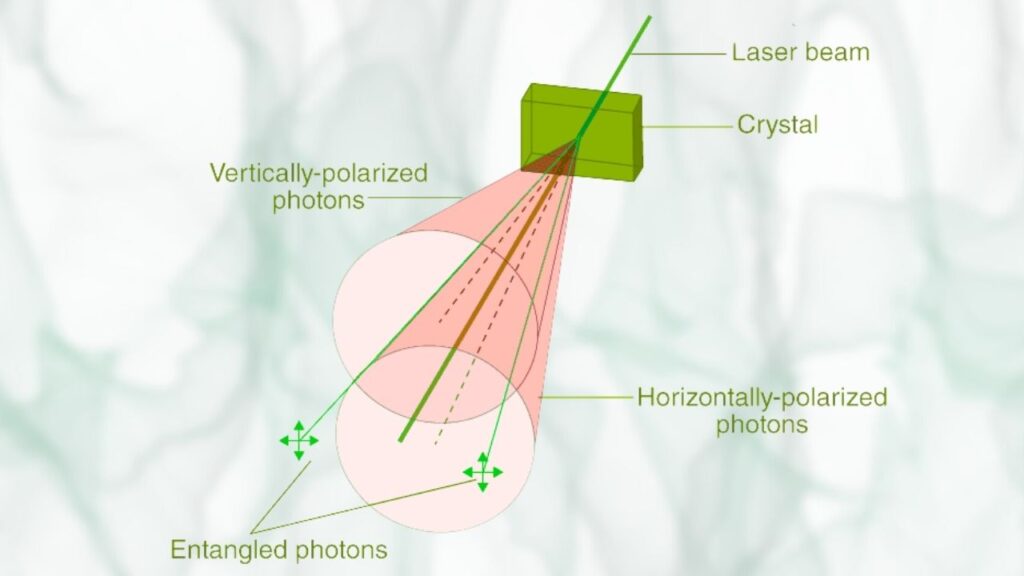
General relativity, on the other hand, is Einstein’s theory of gravity. It describes how planets, stars, and black holes warp the very fabric of space and time. According to general relativity, gravity isn’t a force like magnetism or electricity; it’s the result of massive objects bending space and time itself. This bending makes clocks run slower near a mountain than in open space, and it’s the reason GPS satellites must account for the curvature of space just to keep our maps accurate.
The puzzle is: How do quantum mechanics and general relativity coexist? On Earth, where gravity is weak, quantum rules dominate. But near black holes or during the Big Bang, both theories should matter—and their equations blow up when you try to merge them. For over a century, the search for a quantum theory of gravity—a “theory of everything”—has been the ultimate quest in physics. Until now, it’s been a purely theoretical adventure, with no laboratory in which to test the ideas.
Enter the Quantum Network
For the last two decades, scientists have been building quantum networks—systems that use quantum entanglement to connect devices separated by long distances. These networks promise ultra-secure communication, exponentially faster computing, and unprecedented sensing capabilities. But the team of Pikovski, Covey, and Borregaard realized something groundbreaking: Quantum networks don’t just send information; they can also measure changes in the fundamental laws of physics.
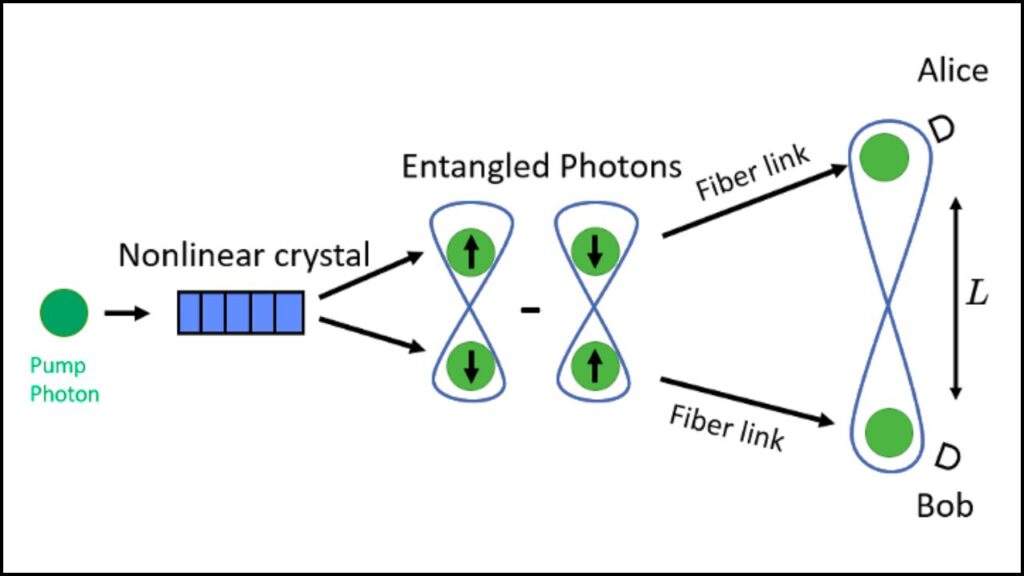
Imagine you have two atomic clocks—one at sea level, and one on top of a tall mountain. Because of gravity (Einstein’s time dilation), the clock on the mountain ticks ever so slightly faster than the one at sea level. Atomic clocks are so precise that they can measure this difference. Now, imagine entangling these clocks using quantum mechanics. If you compare the entangled states of the clocks, you can see not just how time flows differently in different gravitational fields, but also whether gravity changes the rules of quantum mechanics itself.
This is the heart of the new experiment: By distributing quantum sensors and clocks across regions of different gravitational strength, and entangling them, scientists can detect whether gravity changes quantum states in ways that current theories don’t predict.
How Does the Experiment Work? A Step-by-Step Guide
Let’s break down the process into simple, step-by-step stages so anyone can follow along—whether you’re a student, a professional, or just a curious reader.
Step 1: Build and Expand a Quantum Network
Quantum networks are built using entangled particles—often photons (particles of light)—that can be sent long distances via optical fibers or even through the air or space. The key is that these particles remain mysteriously linked: what happens to one instantly affects the other, no matter how far apart they are. This is the phenomenon of quantum entanglement, and it’s the foundation of quantum communication.
Currently, quantum networks exist in labs and short testbeds, but projects to link cities, nations, and even spacecraft are underway. For example, China’s Micius satellite demonstrated quantum communication between ground stations and space, and similar projects are planned globally.
Step 2: Place Atomic Clocks in Different Gravitational Environments
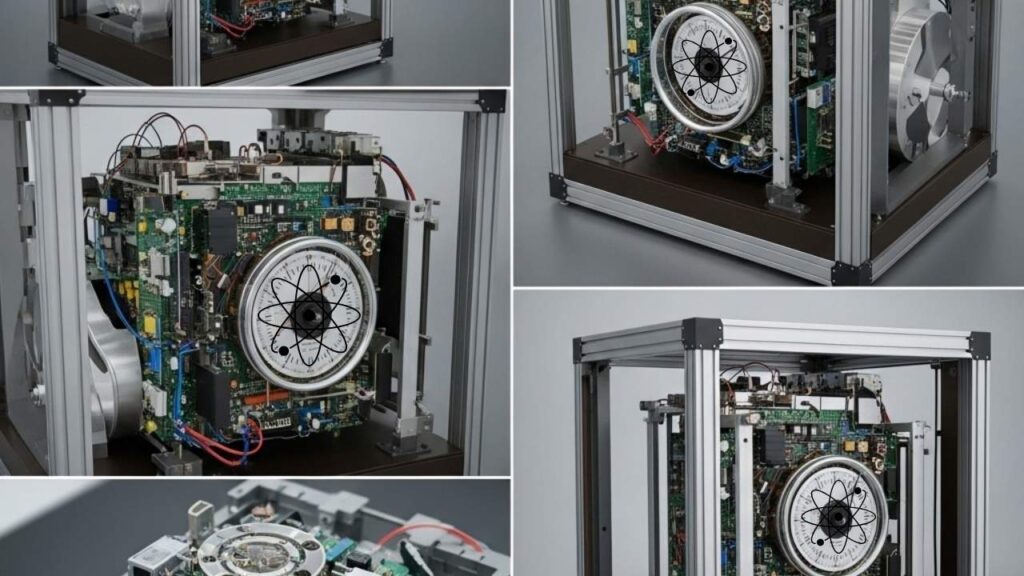
Atomic clocks are the most precise timekeeping devices ever built. They use the vibrations of atoms (usually cesium or rubidium) to keep time with astonishing accuracy. According to general relativity, time runs faster where gravity is weaker (higher altitude) and slower where gravity is stronger (sea level, deep mines, etc.). This effect, called gravitational time dilation, has been verified with atomic clocks on airplanes and satellites.
For the new experiment, scientists place atomic clocks at different elevations—some at the bottom of a valley, some on a tall mountain, some in space. Since their positions have different gravitational strengths, their clocks will tick at slightly different rates.
Step 3: Entangle the Clocks and Sensors
This is where the quantum magic happens. Using quantum entanglement, the experimenters link the atomic clocks so that their quantum states are correlated. This is similar to how quantum computers use entanglement to perform calculations, but here, the goal is to see how gravity affects quantum systems directly.
Entangled clocks could, in principle, show whether gravity changes the “rules” of quantum mechanics—for example, by subtly altering the way superposition or entanglement itself works. If gravity does modify quantum behavior, it would be a discovery of historic proportions, potentially pointing the way toward a unified theory.
Step 4: Measure and Compare the Data
With the clocks in place and entangled, scientists then carefully measure how their quantum states evolve over time. Using advanced quantum teleportation and distributed sensing techniques, they can compare the behavior of entangled particles in different gravitational environments with unprecedented precision.
If there is a difference between what quantum mechanics predicts and what is actually observed in curved spacetime, it would be the first experimental evidence that gravity and quantum theory are not entirely separate—that they interact in ways our current theories don’t describe.
Step 5: Refine Theories and Develop New Technology
Any unexpected result would trigger a revolution in physics. Theorists would have to come up with new models to explain the data, and engineers would develop even more precise quantum sensors and clocks to probe deeper.
Even if no surprises are found, the technology developed for these experiments will have major real-world impacts: faster, more secure communication networks; ultra-precise navigation and timing for GPS and financial markets; new kinds of medical and environmental sensors; and a surge of new jobs in quantum technology.
The Current State of Quantum Gravity Theories
While the experiments are just beginning, theoretical physicists have been busy for decades imagining what a theory of quantum gravity might look like. Here’s a quick tour of the leading ideas:
- Quantum Field Theory of Gravity: Some physicists are trying to describe gravity as a quantum field, similar to electromagnetism. This would allow gravity to “fit in” with the other forces of nature at the quantum level, but so far, no complete theory has fully succeeded.
- String Theory: This approach says that the fundamental building blocks of the universe are tiny, vibrating strings, not point-like particles. String theory naturally includes gravity and quantum mechanics, but it requires extra dimensions and has not yet made testable predictions that match real-world data.
- Loop Quantum Gravity: This theory imagines space and time as made of tiny, interconnected loops. It’s a purely quantum description of gravity, but like string theory, it hasn’t yet been confirmed by experiment.
- Postquantum Theory of Classical Gravity: A radical new idea is that gravity might remain “classical” (non-quantum), while quantum mechanics itself needs to be changed at very small scales. This is a bold reversal of the usual approach, and quantum network experiments could help test it.
The bottom line: No single theory has yet won the race, because until now, there was no way to experimentally test them. Quantum network experiments represent the first time we can actually look for evidence—real data—to see which ideas are on the right track.
Who Is Working on This and Where?
The research is truly global, with key players in the United States, Europe, China, and Australia. The breakthrough paper published in PRX Quantum was authored by leading quantum physicists at top institutions, showing the international and interdisciplinary nature of this work.
Experiments are being planned not just on Earth, but also in space. For example, NASA’s Space Entanglement and Annealing QUantum Experiment (SEAQUE) aims to demonstrate quantum communication between ground and space, which could allow even more sensitive tests of quantum-gravity effects over large distances and different gravitational environments.
Meanwhile, tech giants like Google, IBM, and Microsoft are investing heavily in quantum computing and networking, not just for security and computing, but also to support fundamental science. Governments worldwide are pouring funding into quantum research, recognizing both the scientific and strategic importance.
What Does This Mean for Schools, Careers, and Everyday Life?
If you’re a student interested in space, computers, or physics, this is one of the most exciting times ever to be learning. The skills you develop—coding, engineering, math, physics—are exactly what’s needed in the new quantum economy.
Quantum technology jobs are booming. Companies and universities are hiring quantum programmers, hardware engineers, algorithm designers, and experimental physicists at an unprecedented rate. The demand is so high that many positions go unfilled because not enough people are trained in this cutting-edge field.
For professionals, this is a golden age for innovation. Whether you work in software, hardware, or research, quantum tech offers new challenges and opportunities. Even if you’re not a scientist, the technologies that come out of this research—like better GPS, more secure banking, and advanced medical sensors—will touch everyone’s lives.
For society at large, these experiments represent the best of science: curiosity-driven research that pushes the boundaries of knowledge and, in doing so, creates new industries and improves quality of life.
Practical Applications: What Comes Next?
So, what’s coming in the near future as a result of this research?
Ultra-Precise Clocks and GPS: The same quantum clocks used in these experiments will make satellite navigation systems far more accurate. This could enable self-driving cars, delivery drones, and even autonomous ships to navigate with centimeter-level precision.
Quantum Cryptography: A global quantum network will be resistant to hacking by even the most powerful computers, ensuring that our data—financial, medical, personal—remains secure in an age of growing cyber threats.
Quantum Sensors: Devices that detect tiny changes in gravity and magnetism could help find oil and minerals, monitor earthquakes, and even spot new planets around other stars.
Quantum Computers: These machines will solve problems too complex for today’s supercomputers, leading to breakthroughs in medicine, materials science, climate modeling, and artificial intelligence.
New Scientific Instruments: Quantum networks will become the new “laboratories” for foundational physics, allowing us to test not just gravity, but also other mysteries like dark matter and the nature of time itself.
New Quantum Amplifier Could Revolutionize Secure Communications and Signal Detection
Quantum Skyrmions Created with Light: Why Nanophotonics Is Entering a Brand New Era
New Cryogenic Silicon Chip Offers Breakthrough in Managing Spin Qubits for Quantum Computing
FAQs About Quantum Network Meets Einstein’s Gravity
Q: What exactly is a quantum network?
A: A quantum network uses quantum entanglement to connect computers, sensors, and clocks over long distances. It enables ultra-secure communication and new types of computing and sensing, and now, it can also probe the fundamental laws of physics.
Q: How does gravity affect quantum particles?
A: According to Einstein, gravity bends space and time, which could, in principle, alter how quantum particles behave. Until now, this effect has been too tiny to measure directly, but quantum networks will soon be able to test it for the first time.
Q: Could this lead to a “theory of everything”?
A: Maybe. If the experiments show that gravity changes quantum behavior in unexpected ways, it could provide clues toward a unified theory. If not, it rules out certain ideas and points scientists toward others.
Q: How long until we have a global quantum network?
A: Experimental quantum networks already exist in labs and between a few cities. A full global quantum network is probably a decade away, but progress is rapid.
Q: What should I study if I’m interested in this field?
A: Physics, engineering, computer science, and math are all excellent choices. Quantum information science programs are growing at universities worldwide, and demand for skilled professionals is high.
Q: Are there real quantum devices already?
A: Yes. Quantum computers, quantum sensors, and quantum communication systems are already in use in labs, and some are beginning to appear in commercial products.
